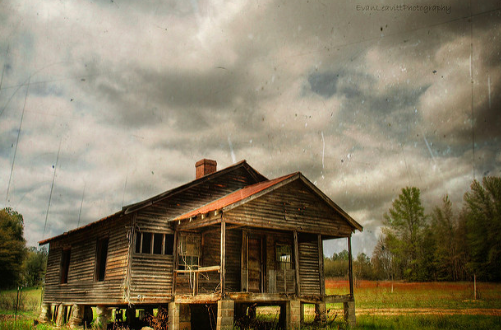We all want to feel happy, healthy, safe, and sound in our own homes. This is directly related to a number of factors, one of which is the quality of our house. Poor quality housing can not only be “uncomfortable”; it can have a directly detrimental effect on both our psychological and physical health.
The New Zealand General Social Survey is a biannual survey that asks New Zealanders from a range of locations a series of questions that help to determine the quality of their homes. From examining the results of the 2014 to 2015 survey we can see the general public’s perceptions of the quality of their homes, as well as see which groups of people are most at risk for experiencing the unwanted side effects that may come along with poor quality housing.
In this article, we look at the survey’s indicators of housing quality and which groups of people have better quality housing vs. which groups of people have poorer quality housing.
Feeling the Cold?
 We won’t be surprising anyone here when we note that New Zealand can get mighty cold. While we can all escape from the elements by holing up in our homes, some homes are far more efficient at staying warm than others. Adequate insulation and heating can make a huge difference to the temperature inside a home.
We won’t be surprising anyone here when we note that New Zealand can get mighty cold. While we can all escape from the elements by holing up in our homes, some homes are far more efficient at staying warm than others. Adequate insulation and heating can make a huge difference to the temperature inside a home.
Groups of people most likely to feel always or often cold in their homes are Pacific people (at 43%), followed by renters at 35%. People aged 64+ were the least likely to report feeling cold at home (12%). Overall, 21 % of us feel cold in our homes, indicating the need for better insulation and heating solutions.
Dampness and Mould
Dampness and mould can cause significant issues to the degradation of homes, but can also cause extensive physical health issues, especially respiratory problems. Once mould comes into your home it can be difficult to stop its spread. Because of the amount of rain that we experience, dampness and mould can be a real issue.
32% of the people surveyed had either minor or major issues with dampness and mould in their homes, with the most likely to report major problems being Pacific peoples (15%) and the least likely being homeowners, those with personal incomes of over $70,000 and couples without children, all 3%.
Having adequate ventilation and drying out wet areas immediately helps to curb mould growth, as well as using mould reducing products within the home.
House Needing Repairs
 Having a house in disrepair or that needs major work or maintenance done can be disheartening, especially if you do not have the financial resources to do so. It can also mean things like leaky roofs, leaning verandahs, or crumbling brickwork.
Having a house in disrepair or that needs major work or maintenance done can be disheartening, especially if you do not have the financial resources to do so. It can also mean things like leaky roofs, leaning verandahs, or crumbling brickwork.
While the vast majority of people surveyed had no major or immediate issues related to home maintenance, having significant issues was overwhelming more prevalent among Maoris (13%) and single parents (12%). Those over 65 had the least issues with needing urgent home maintenance, at just 3%.
For homeowners who are needing immediate or extensive home maintenance or repairs, it is important to budget wisely to ensure that you are putting away enough to carry out these tasks, and for renters, to take issues up with your property manager.
On the whole, perceptions of housing quality in New Zealand are mainly positive and remain fairly steady across the 6 geographical areas studied in the survey, which covered both islands. Older people (65+), followed by 45-64yr olds reported a better quality of housing compared to our younger counterparts, which may be indicative of a more settled and manageable lifestyle. What is important is that we all manage to stay warm, attempt to keep mould and dampness at bay, and take steps to maintain our homes.
If you need some DIY advice for stopping draughts check out this post from our DIY handyman Chris Bennett.









Join the Discussion
Type out your comment here:
You must be logged in to post a comment.